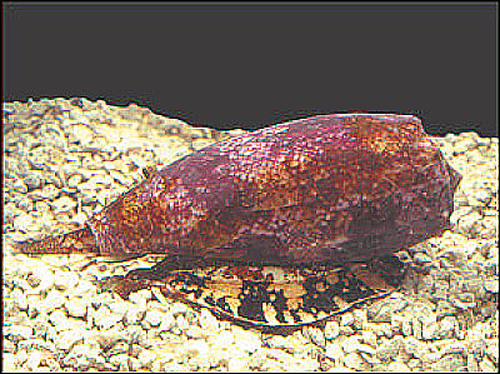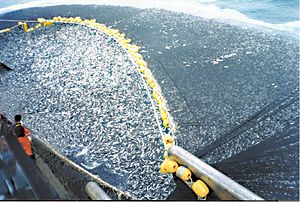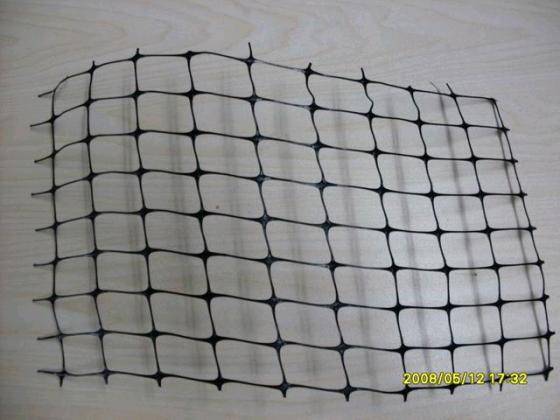Marine Science
Sunday, March 24, 2013
Whale Identification
Flukes are used to identify whales because they are easily noticeable and each species of whale has a very unique fluke that is unlike the other species. Scientists need this data in order to know what whale they are researching, otherwise their data would be very general. They can observe the movement of different species of whales to understand what those groups are doing and how they are reacting to their environment. The most difficult part of the whale identification lab was that the pictures used to identify the flukes weren't very clear so many of them were similar. The lab could be changed for the better by making either more flukes to identify or by making it harder to identify the flukes that were given because the lab was very short in and of itself.
Overfishing
Overfishing is a main concern in today's world because although it helps the economy in the short run, it destroys habitats and can result in a lack of fish in the ocean. This means that there will not enough fish to breed and produce the next generation of fish and it also disrupts the food chain. Overfishing affects my daily life because a lack of fish in the ocean and a disrupted food chain disrupts the food chain of the whole world, making a less plentiful source of food that we humans get from the ocean. Although overfishing seems like it would help the economy, it actually hurts it in the long run. One choice that I could make to help with this problem is that I could choose not to support organizations that partake in the practice of overfishing.
Monday, March 18, 2013
Ocean Trash
Cone Snail
- Common Name: Cone Snail
- Scientific Name: Conus magus
- Adaptations: sedative secretion,venom, and shell shape
- Hunting Strategies: Cones use a modified tooth that they shoot like a harpoon to kill prey.
- Reproduction: Sexually
- Interesting facts: The venom of the cone is strong enough to possibly kill a human

Sea Grass Adaptations
In acknowledgment to aerial beachcomber activity environments, seagrasses acquired well-developed stems, referred to as rhizomes. Blades grow from the basis or from branches basic at the rhizome. Roots extending from the basis additionally help in anchoring and absorbing up nutrients. The ribbon-shaped grass blades are flexible, angling with any movement. Air spaces extending through the blades, rhizomes, and roots provide flotation mechanisms. Sea grass provides aliment to animals by being directly eaten, or accepting the algae that grows on it eaten off. There are different types of organisms in the sea grass ambiance like residents, who live in the sea grass migrants, who drift to the sea grass circadian and frequently, and travelers, who appointment seasonally.
Sea Grasses
Monday, March 4, 2013
Marine Video Issue
Subscribe to:
Comments (Atom)













